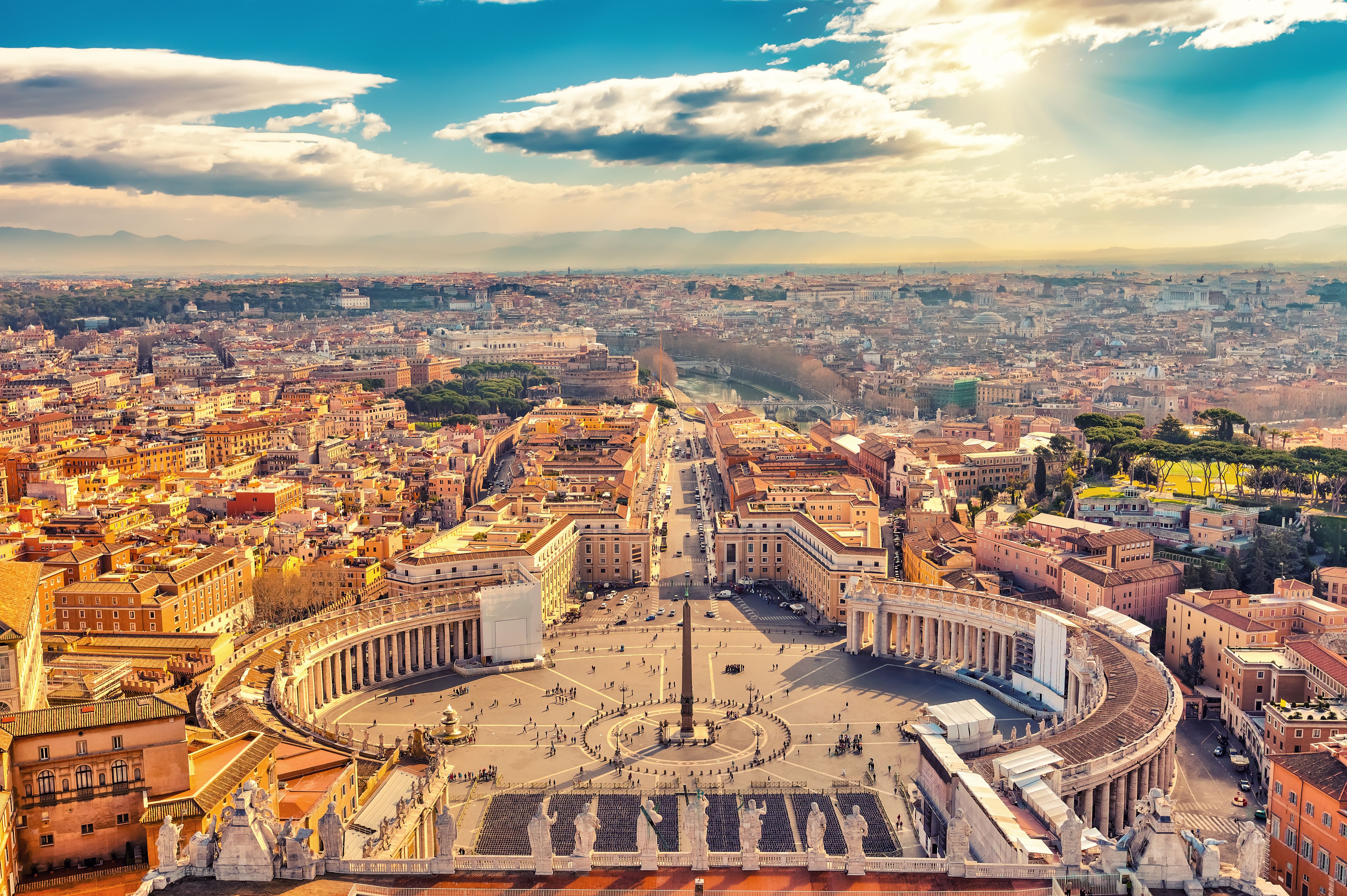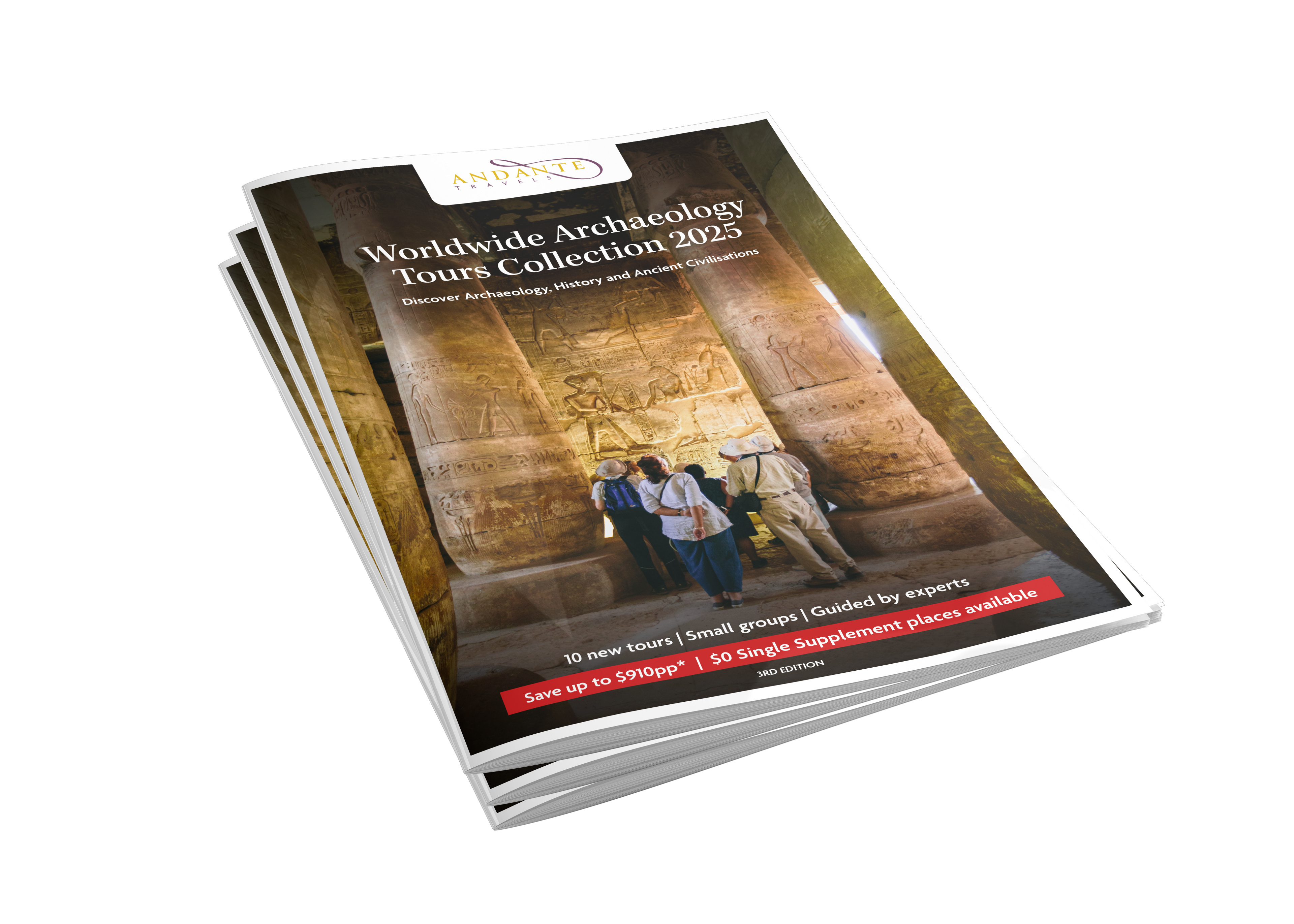The Legacy of the Roman Empire

The proverb ‘all roads lead to Rome’ originated from the intricate network of roads built by the Roman Empire. This saying reflects the idea that many different paths or methods can lead to the same goal. During the height of the Roman Empire, the city of Rome was the centre of civilisation, and the extensive system of roads connected the far reaches of the empire to its capital.
These roads were crucial for military movements, trade and communication, making Rome accessible from various directions. But who were these Romans that built such a network of roads that linked trade and commerce from country to country? And why is their legacy still seen today in various aspects of modern society, from government and law to architecture and engineering?
The Romans are renowned for their vast empire, which at its peak encompassed much of Europe, North Africa and parts of the Middle East. The Roman Empire was known for its advanced engineering, architecture, legal system and military prowess. Romans contributed significantly to the development of Western culture, including the Latin language, which evolved into the Romance languages.

A lifestyle and culture that stands the test of time
The ancient Roman lifestyle was a fascinating blend of practicality and indulgence. Romans placed great importance on family, social status and public life and their homes ranged from modest apartments to grand villas, reflecting the social status of the inhabitants. We can see remains of some of the grandest villas on Romans on the Bay of Naples in the picturesque town of Positano on the Amalfi coast.
Culture in ancient Rome was heavily influenced by the Greeks, particularly in the realms of art, literature and philosophy. Romans were great patrons of the arts, and their contributions included intricate mosaics, sculptures and frescoes that adorned public buildings and private homes.
Leisure activities, feasting and entertainment were an essential part of Roman life. If you’ve ever wondered what a Roman dinner was like, imagine the sophisticated conversation, recitations of poetry and gentle music performed by a flute. However, some gatherings were just as likely to involve raucous drinking, naked tightrope walkers and vulgar ostentation. Traditionally thrown in the early evening, after a visit to the baths and an afternoon of fun and games, the Roman dinner party was one of the most important pieces of social and political cement in the Republic and Empire. Indeed, public baths, known as thermae, were popular places for socialising, relaxation and exercise. The Romans also enjoyed attending theatrical performances, gladiatorial games and chariot races. Most people are familiar with the film Ben Hur and the epic chariot race scene with Charlton Heston. These types of events were held in grand arenas like the Colosseum and the Circus Maximus – part of the Rome tour, drawing large crowds and providing entertainment for all social classes. Roman art was diverse and prolific, encompassing various forms such as painting, sculpture and architecture. Public art was often used to celebrate military victories and honour gods and emperors. The Romans were skilled engineers and architects, as evidenced by their impressive aqueducts, roads, and monumental structures like the Pantheon and the Roman Forum. Private art, found in homes and villas, often depicted scenes of daily life, mythology, and nature, showcasing the Romans’ appreciation for beauty and craftsmanship.

The path to military (and road) expansion is the Roman legion
The Roman path to military growth was marked by strategic alliances, disciplined armies and innovative tactics. Initially, Rome’s military efforts were focused on defending its territory against neighbouring tribes.
However, as Rome grew in power, it began to adopt a more aggressive stance, seeking to expand its influence across the Italian peninsula and beyond. The Roman legions, known for their rigorous training and strict discipline, played a crucial role in these conquests. Moreover, Rome’s ability to integrate conquered peoples into its society helped to stabilise and secure its growing empire. The use of engineering and logistics, such as the construction of roads and fortifications, further facilitated the movement and supply of Roman troops, enabling them to maintain their dominance over vast territories.
Key periods of expansion include the Punic Wars, where Rome defeated Carthage and gained control over the western Mediterranean, and the conquests of Julius Caesar, which extended Roman territory into Gaul (modern-day France).
Eventually, the roads that paved the way to Rome would be responsible for its destruction. Military unrest and invading forces alongside political strife all contributed to the fall of the empire. The city of Rome was sacked by German tribes and was ultimately destroyed when the last Roman emperor, Romulus Augustulus, was deposed by the Germanic king Odoacer.

All roads lead to the legacy of the Roman Empire
Andante Travels presents the opportunity to trace the history of the Roman Empire across continents, back to Rome itself. We invite you to discover for yourself what the Romans left behind that can be found in the Temples, ruins, relics, villas, fortifications and roads across Europe and West Africa. Evidence of Roman Civilisation is all around us and with the help of our expert guides, the ancient past can be discovered today.
Discover our Roman Civilization Tours
NEWSLETTER
Opt-in to our email newsletter and hear about new offers first – view our privacy policy for details.


